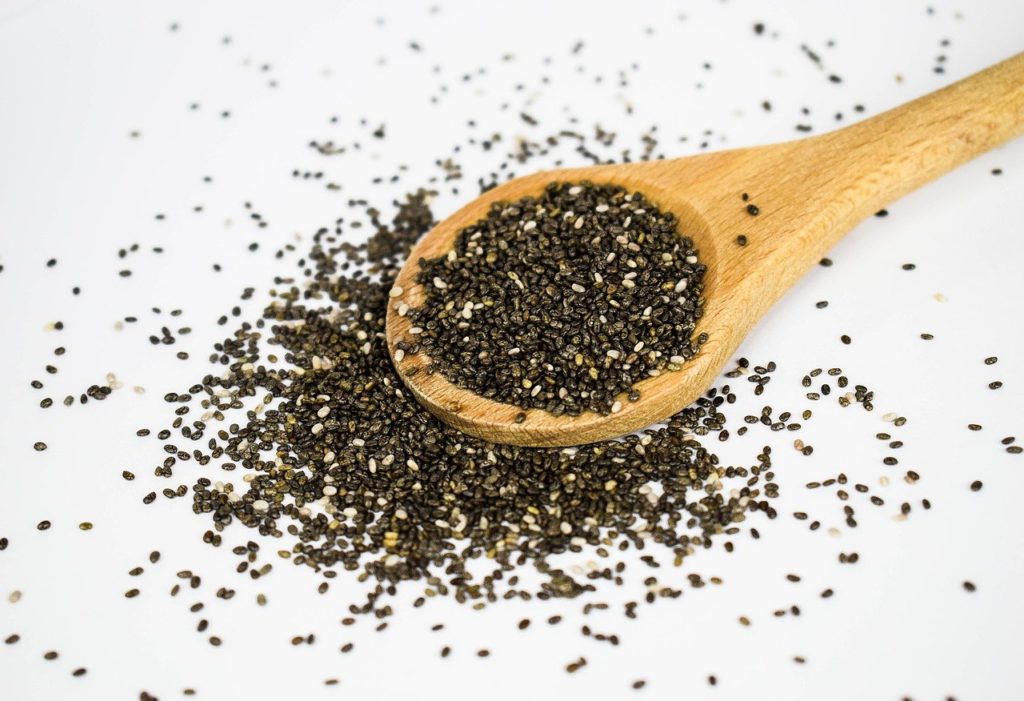Fibre is a structural part of plant foods (such as fruits, vegetables, and grains), and our body cannot digest or break down these foods. Fibre is just a kind of carbohydrate, naturally found in plant foods, and cannot be absorbed by humans. The term “fibre” refers to all parts of plant food that cannot be digested or absorbed by the body.
Dietary fibre (DF) reduces the risk of type 2 diabetes (T2D), cardiovascular disease and colon cancer (1-4) by reducing the digestion and absorption of macronutrients and reducing the exposure time of carcinogens in the intestinal lumen (1, 2, 5, 6 ). Recently, and perhaps the most interesting, epidemiological studies have shown that the benefits of FD are not limited to type 2 diabetes, coronary heart disease, and colon cancer. As of 2019, clinical studies on the potential health benefits of high-fibre diets indicate that the overall trend is to reduce the risk of certain cancers, cardiovascular diseases, and type 2 diabetes. Researchers from the Harvard School of Public Health recently found that people who regularly consume high-fibre grains and whole grains have a 19% and 17% lower risk of death from any cause compared to people who consume less fibre. pace.
Research has also shown that foods high in fibre may have other heart-health benefits, such as lowering blood pressure and inflammation. But foods that contain fibre can provide other health benefits, such as helping you maintain a healthy weight and lowering your risk of diabetes, heart disease, and certain types of cancer.
Unlike simple carbohydrates, including most bread and sugars, fibre is a complex carbohydrate and does not raise blood sugar levels. Fibre can be found in all whole grains, including whole grains, beans, nuts, seeds, and whole fruits and vegetables. While fibre can be obtained from supplements, whole foods are the best source because fibre is packed with other important nutrients and phytonutrients.
Good sources of soluble fibre include fruits, vegetables, oat bran, barley, seed hulls, flax seeds, plantain, dried beans, lentils, peas, soy milk and soy products. Soluble fibre dissolves in water, becomes elastic or viscous, helps eliminate fatty substances such as cholesterol, and helps regulate the body’s use of sugar.
In addition, insoluble fibre reduces the time it takes for food waste to pass through the intestinal tract. By improving the passage of food and waste through the intestines, fibre helps the body eliminate carcinogens.
If you are looking to lose weight, eating high fibre foods is your best bet. Many studies have shown how a high fibre diet can strengthen the immune system and overall health, as well as improve the look and feel.
Soluble fibre is more commonly found in foods such as beans, peas, oats, barley, apples, and citrus fruits. Lignin, cellulose, and hemicellulose are common types of insoluble fibre, and food sources include wheat bran, vegetables, fruits, and whole grains. Pectins and gums are common types of soluble fibre, and good food sources include oat bran, barley, nuts, seeds, beans, lentils, peas, and some fruits and vegetables.
Fibre can not only help you lose weight or alleviate digestive problems, but it can also lower your risk of cancer. Soluble Dietary Fibre promotes digestive health through its role in supporting excretion and fermentation and has a positive effect on the gut microbiota. This type of fibre helps move material through the digestive system and increases stool mass, so it may be helpful for those struggling with constipation or irregular bowel movements. Insoluble fibre, which does not dissolve in water, can help food pass through the digestive system, ensuring regularity and preventing constipation.

